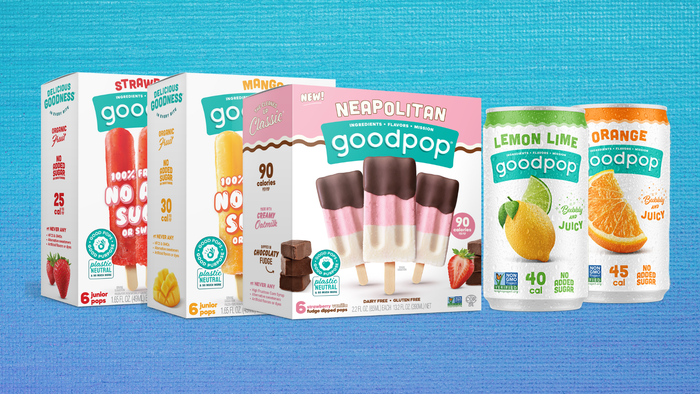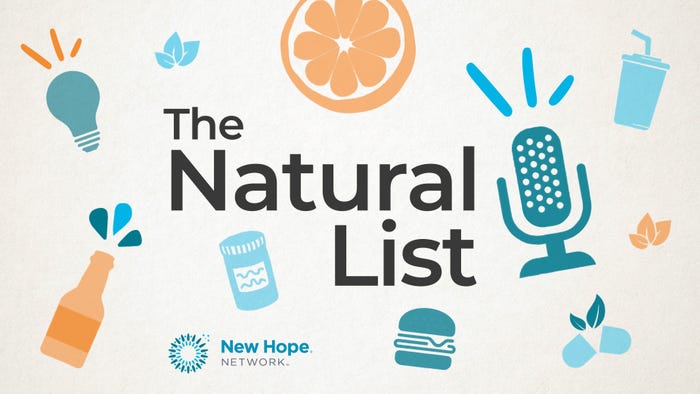Personal care standards make packaging consistency matter
November 8, 2010

A few weeks ago, NFM's art director and I went shopping for personal care products to photograph for our December cover and for that issue's Health and Beauty feature story, "Personal care takes on organic and natural." Sure, we sought out attractive packaging and an array of different-shaped and -sized products to make for a dynamic-looking composition, but our main objective in picking products was finding items that bore the USDA Organic, Quality Assurance International, Natural Products Association and NaTrue seals.
With organic and natural standards for personal care being relatively new (or, as in NaTrue's case, European), we thought we might have a little trouble finding enough products to represent each seal. After all, certification processes can take time, and altering packaging and distributing newly packaged products don't happen overnight. What I hadn't anticipated, however, was so much discrepancy within brands, and even within the same product.
It happened a few times that I'd grab a body oil or balm off the shelf because it bore one of these seals and then notice that the box right behind it—the very same product—would not have that seal. Now, the second one was likely older than the front one, probably manufactured and distributed before the company had been granted that certification. If that be the case, then basically, just because a product doesn't bear a seal, doesn't necessarily mean that it's not certified—it may just be an older item.
But here's another possibility: What if the company actually altered its formulation or sourcing in order to earn a certification? That would mean that the older box actually contains a slightly different product, one that isn't certified.
So how can customers know which is the case as they stand in the aisle scoping out options? Retailers may not yet be fielding many questions of this nature, but as seals and standards become increasingly more common and better understood by more people, you better believe these inquiries are coming.
Therefore, retailers should pay special attention to products stamped with these seals—especially those that are newly certified—and know the lowdown and how to explain it to shoppers. Manufacturers should be aware that their products' shelf-lives could result in such inconsistencies and be sure to fill in retailers about where affected products stand in their certification processes. And customers, don't be shy ask those tough questions. The more you ask, the more information is found and shared, and the closer the oft-confusing, not-universally regulated world of personal care moves toward greater transparency and consistency.
About the Author(s)
You May Also Like




